When you hear the radio conversations between dispatchers and firefighters, do you understand what they’re saying? Have you ever wondered what all the jargon and lingo mean? If you’re interested in becoming a firefighter it’s something you need to know. The first radio transmission happened in 1906. Since then, an entire language of codes and phrases have developed around two-way radio conversations. Why are these radio codes important?
The radio codes are a way to standardize important information. The idea was that having the same phrases would make communication faster and easier.
The fire service still uses some of the same codes and phrases. Here is a compilation of what they are and what they mean.
Firefighter and Emergency Personnel Radio Codes
The highest level of codes used by emergency services in the US is standardized. These four codes describe how an emergency vehicle responds to a call. It establishes how urgent the situation is and if it requires lights and sirens when responding to a call.
The first, a Code 1 is the lowest priority call. There is no need for lights or sirens on the vehicle responding to a Code 1 call. This is for routine situations like the planned transport of a non-emergency patient.
A Code 2 is for a non-life-threatening emergency that requires an immediate response. Like the previous Code 1, these situations do not require red lights or sirens.
Both of these levels are “cold responses”. In both cases, these are still important situations. They just do not need firefighters to put their safety or the general public’s safety at risk by rushing to the scene.
A Code 3 however is a “hot response” and requires lights and sirens on every truck responding. This is often a life-threatening emergency that requires firefighters to respond as fast as possible.
When fire personnel are at the scene, they may escalate a Code 2 to a Code 3. Or, upon arriving and evaluating the situation, they may downgrade a Code 3 to a Code 2.
Once there are enough firefighters are the scene, they will call a Code 4 is. The situation is under control and no further vehicles are required.
One thing to note, not every department in the US actually uses Code 4. If you are switching to a new department in a new area, make sure you are familiar with their policy on whether or not to use Code 4.
Priority Terms
Many firefighters are also paramedics. They share a set of terms with medical service agencies and paramedic teams. These are called Priority Terms, to differentiate them from the Codes listed above.
Priority 1 – when a victim is deceased or DOA (Dead on Arrival)
Priority 2 – an emergency that requires urgent support at the hospital when the victim arrives.
Priority 3 – when a patient is going to a hospital but it is not an emergency situation.
Priority 4 – a situation that is under control and doesn’t require any additional assistance.
Priority 5 – is a mass casualty incident with many patients requiring emergency treatment.
Other Terms in Two-Way Radio Conversations
There used to be a set of codes referred to as “ten signals” or 10-codes. You may be familiar with the response “10-4” to acknowledge understanding of an order or request. These were initially established to allow public safety officers to communicate with each other.
The problem is that they lacked any standardization from one department to the next. They became very confusing. So, in 2012 the ACPO International – the Association of Public Safety Communications Officials – decided to switch to plain speech on the radio.
Most states have stopped using 10-Codes. These are some standard terms and phrases used by most firefighters speaking on their radios:
A Side / B Side / C Side / D Side – these refer to the sides of the building on fire. Side A is the primary side, either facing the street or where the front door is. The other sides are alphabetically assigned in order going clockwise around the building.
Contained versus Controlled – A contained fire is still burning but surrounded by a line of something that keeps it from growing. A controlled fire is extinguished.
Fire Engine Types (1, 2, 3) – these differentiate the different styles of trucks required for different situations.
A Secure or Unsecure Scene indicates if law enforcement has determined that a situation is safe or not for medical and fire personnel to enter. If it’s safe, it’s considered secure. If there are weapons or threats of physical violence, the situation is unsecure. Fire trucks and ambulances need to wait for a secured scene before they can enter.
Common Terms Used in Radio Communication
There are some standard terms and radio etiquette used across all two-way radio communications. For instance, the standard NATO alphabet is used in place of letters to spell out words over the radio.
It’s important that a person speak clearly and slightly slower than usual in radio communication. Brevity and simplicity are important, so be sure to get to the point and keep the message simple. Also, remember that radio frequencies are public and heard by anyone with a receiver even if they aren’t part of your group. So do not transmit confidential information.
Some common terms used in radio conversations include:
Go Ahead – start or resume transmission
Say Again – repeat your message
Stand-by –I am unable to respond now.
Roger – received and understood
Affirmative – Yes
Negative – No
Over – the message is finished
Out – the conversation is ended
Firefighter Radio Communications
Whether you’re working in the fire house dispatch or on one of the trucks it’s likely you will be speaking over the radio to your team. It’s important to know the radio codes and terms so you can communicate information quickly to each other.
Visit our site to learn more about the best radios for your fire department.
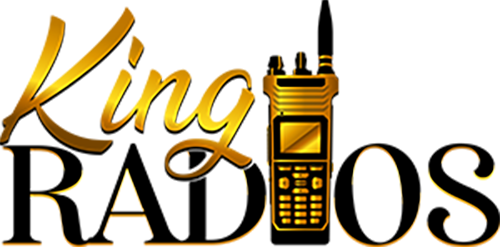
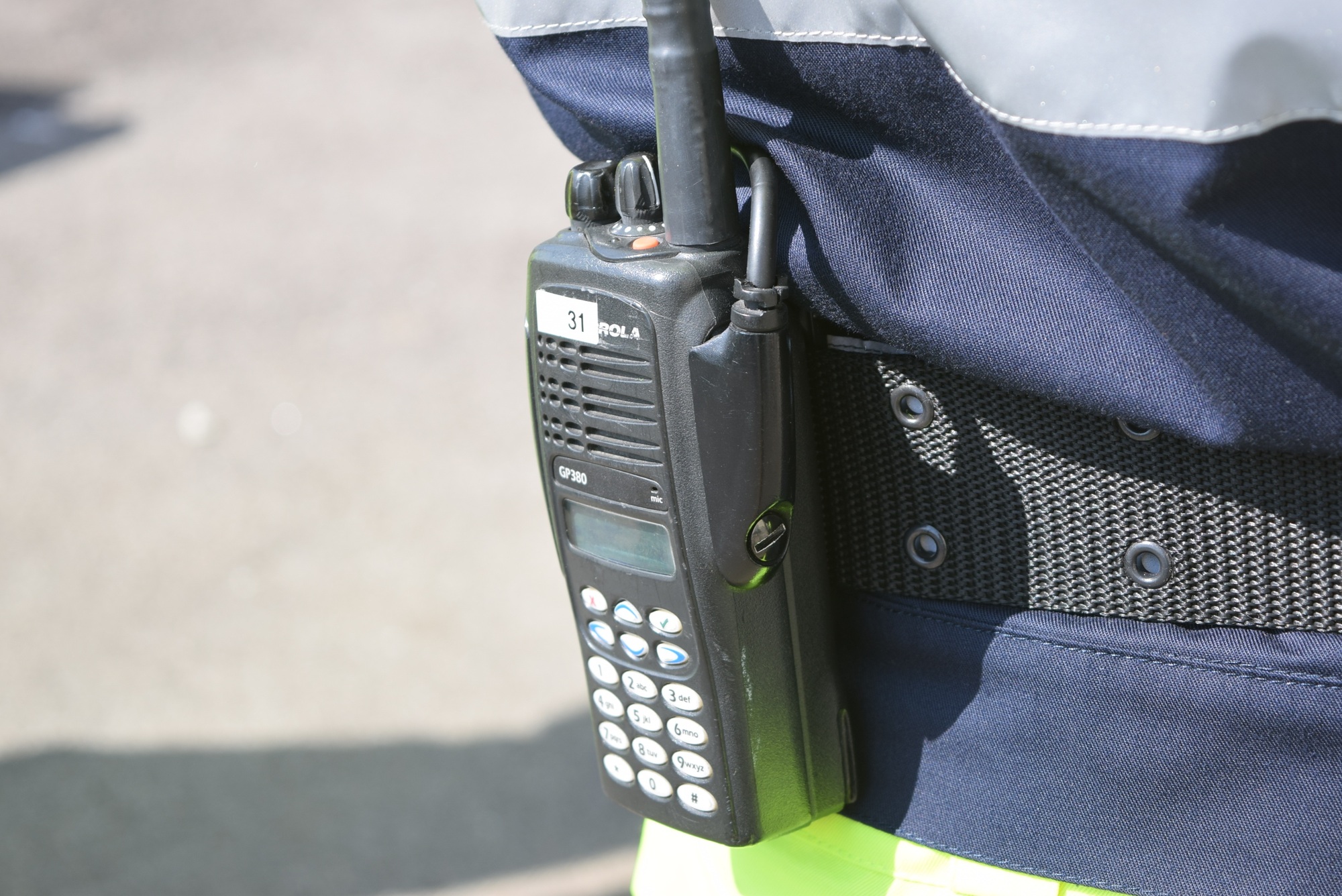
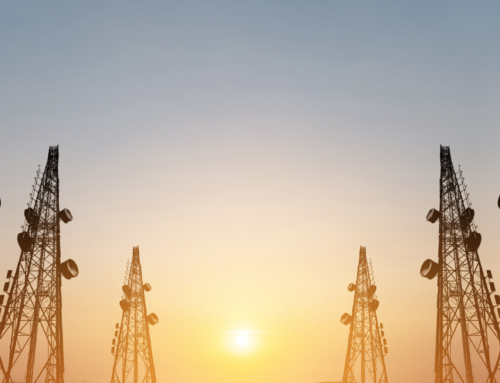
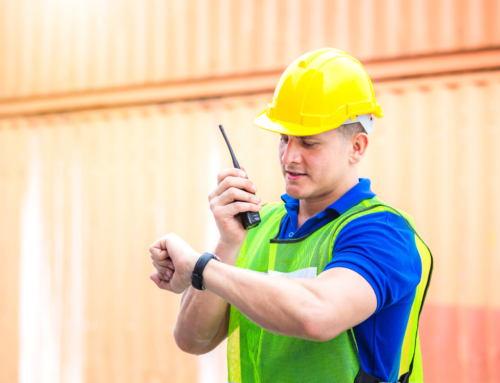
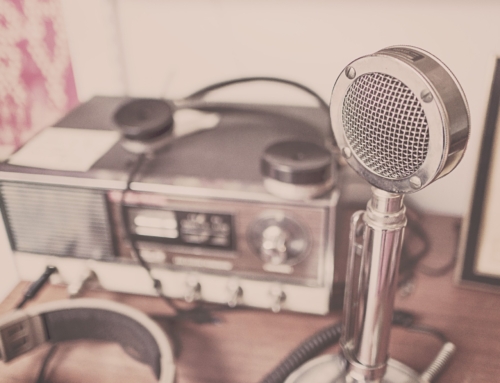
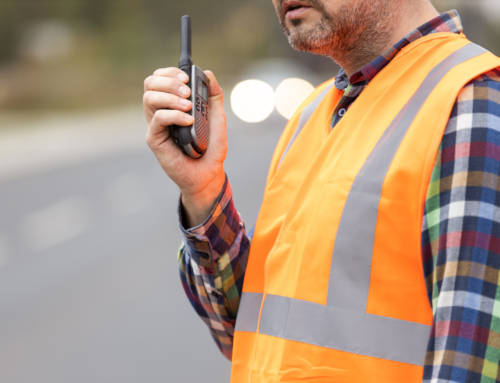
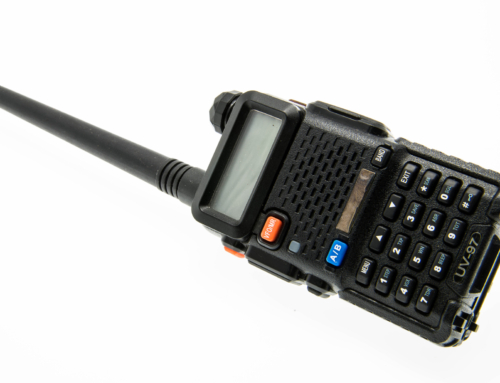
Leave A Comment
You must be logged in to post a comment.